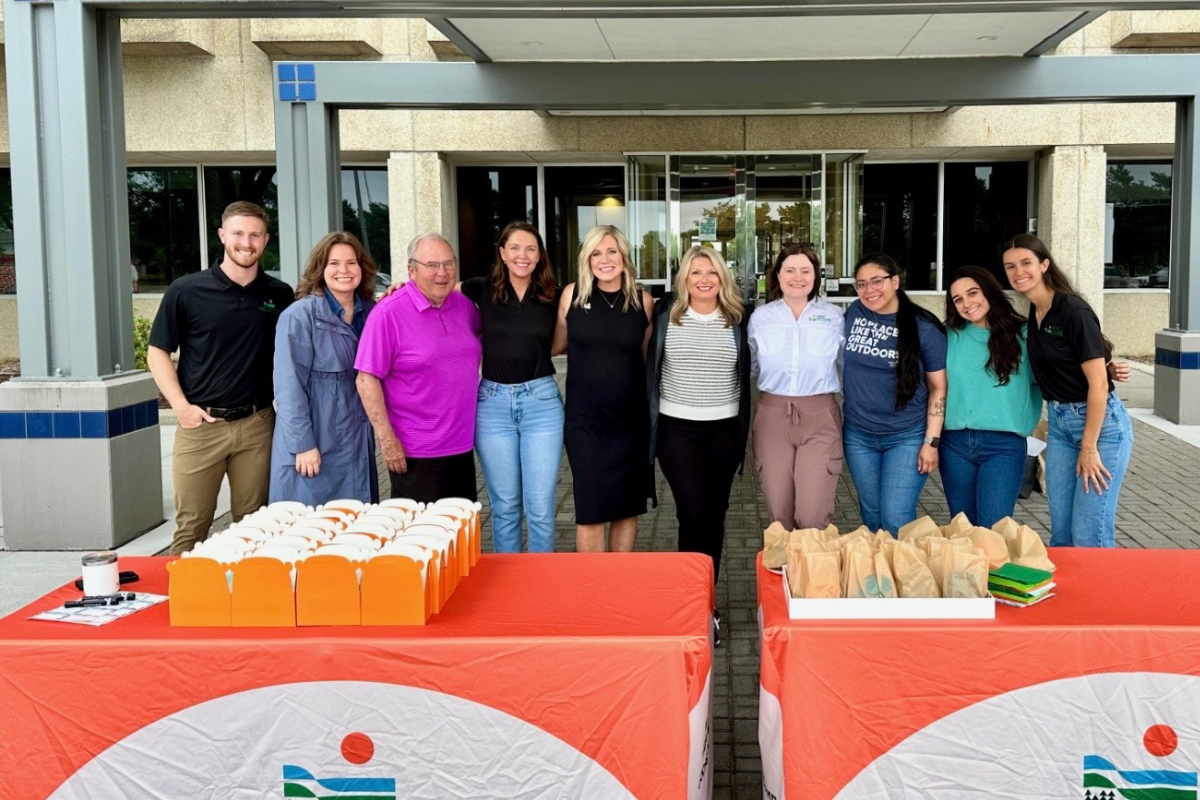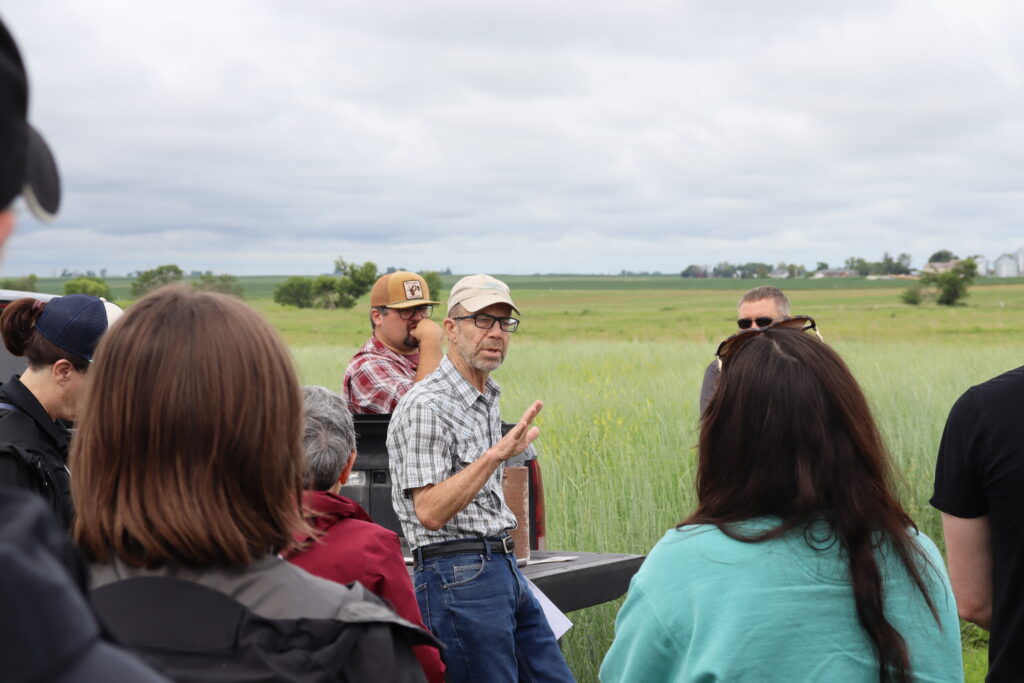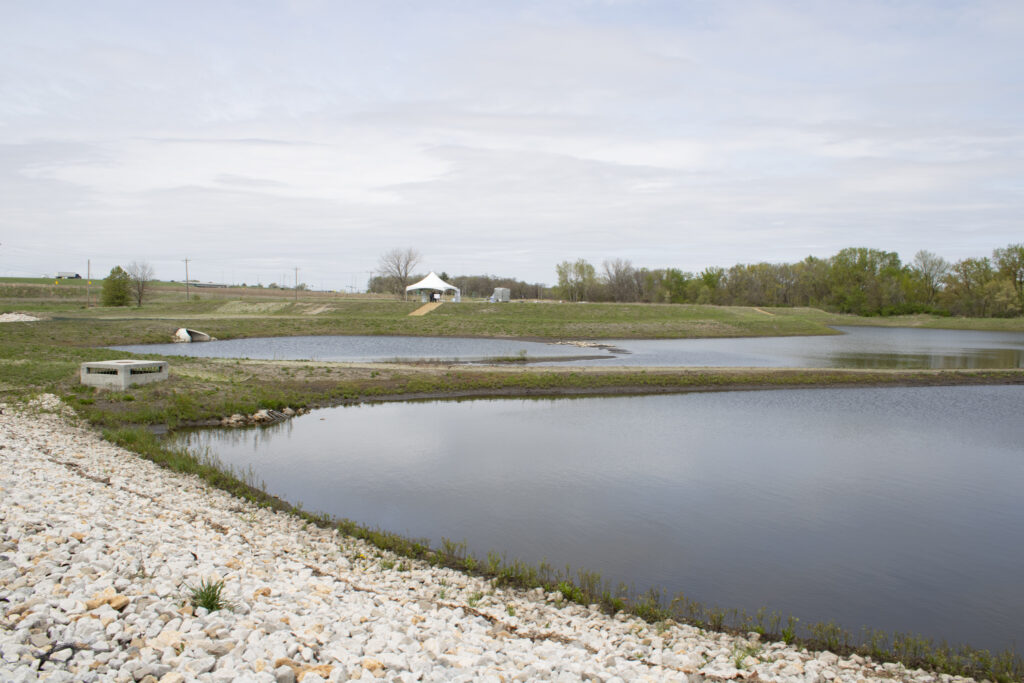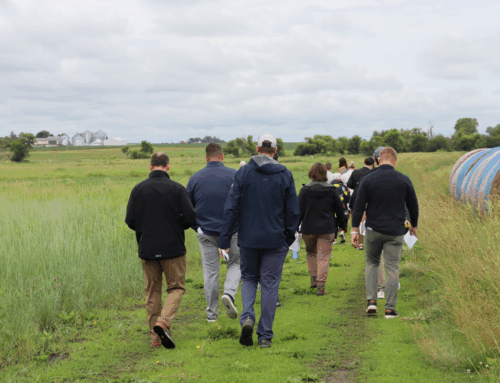Great Outdoors Foundation 30th Birthday Celebration

This month the Great Outdoors Foundation (GOF) celebrates 30 years of collaborative, mission-driven work. What started as selling $5 firewood bundles to support Polk County Conservation’s efforts has transformed into multi-million-dollar conservation investments across the state. And while our scope and strategy of work have changed, our purpose has not. Defined in our June 1995 Articles of Incorporation, GOF seeks “To do any and all…acts…to bring about the conservation of natural resources, the enhancement of outdoor recreation opportunities, wise land use, conservation education, protection of open spaces, and the promotion of environmental ethics.” As we reflect on our success over the years, we recognize that none of it would be possible without our collaborative partners who have helped us take conservation to new heights. We could not do it without you.
To celebrate our birthday, GOF and invited guests recently went on a ‘Birthday Breakfast & Site Tour’ to visit some local project sites. Landowners and project partners spoke to the group about numerous GOF projects, providing important conservation insight and information.
Helland Wetland
The Helland Wetland project highlights the power of private-public partnerships. A collaboration between Polk County, GOF, and local businesses, this eight-acre wetland reduces nutrients in a watershed near Big Creek Lake in Polk County. Utilizing best practices like bioreactors and saturated buffers, the site also supports the Iowa Nutrient Reduction Strategy. During the tour, the group met landowner Nick Helland, a farmer passionate about conservation practices. Helland explained how through carbon sequestration, wetlands help mitigate the amount of carbon dioxide released into the atmosphere from things like farming.
GOF supported this project through the Conservation Acceleration Fund (CAF), investing $100,000.

Farmer Nick Helland
Tesdell Farm
Lee Tesdell’s farm, located in Slater, Iowa, has been in his family since the mid-1800s. An advocate for the integration of farming and conservation, Tesdell continually looks for new ways to be a good steward of his land. Currently, his farm includes prairie strips, no-till land, cover crops, alternative grains, and more. During the tour, Tesdell explained the importance of his alternative perennial grain, Kernza. When Kernza is planted in fields also used for traditional crops, the plant helps absorb excess nitrogen left in the soil, keeping it from running into water sources. He also shared the benefits of cover crops for soil health, like preventing erosion, adding organic matter, and enhancing aeration.
GOF became involved with the Tesdell Farm via other local projects and partnerships, and frequently brings groups to view the impressive conservation practices taking place on the land.

Landowner Lee Tesdell
Creekview Wetland
One of the first projects funded by the CAF, the Creekview Wetland in Ankeny, Iowa was an early example of collaborative conservation. It brought together partners from Polk County, the City of Ankeny, Iowa Finance Authority, Iowa Department of Agriculture and Land Stewardship, a private landowner, and GOF. Creekview Wetland supports floodwater management for Fourmile creek and is designed to divert up to the 10-year storm event. Treating roughly 500 acres of runoff, it is one of the state’s largest stormwater wetlands. As its ecosystem strengthens, it will also help to increase the biodiversity in the area. To learn more about the Creekview Wetland, read our previous blog.

Creekview Wetland
These projects are just a few among many GOF has had the privilege to be a part of over the last 30 years. We are so thankful for all our partners who have helped us on our mission to advance conservation through innovation, collaboration, and stewardship. What we have done together is truly remarkable. And we’re just getting started.

